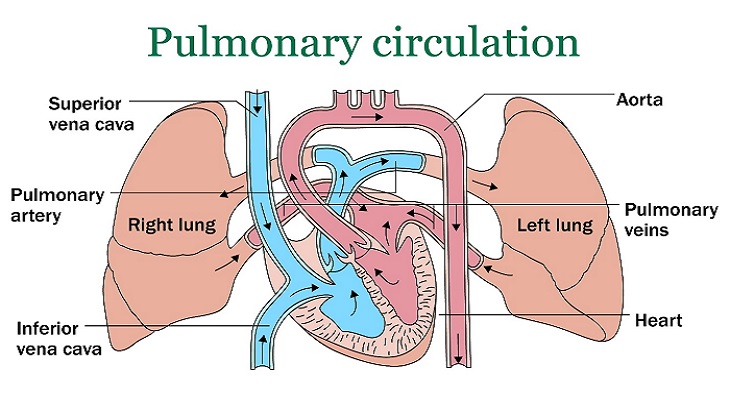
Pulmonary hypertension, a complex and often misunderstood condition, places significant strain on the heart and lungs. This ailment involves high blood pressure in the arteries connecting the heart and lungs, impeding the blood flow and affecting overall cardiovascular health. At Vitaleenanomed.com, we research into the intricate world of pulmonary hypertension, shedding light on its causes, symptoms. And diverse treatment strategies, to provide a comprehensive understanding of this condition and empower those affected to navigate their health journey with knowledge and resilience.
Pulmonary hypertension (PH) is characterized by elevated blood pressure in the pulmonary arteries, the blood vessels that connect the heart to the lungs. This increase in pressure forces the right side of the heart to work harder, leading to potential heart failure and other complications. PH can be categorized into several types based on its underlying causes. Including pulmonary arterial hypertension (PAH), which is a specific form of PH.
PH can be attributed to a variety of factors, both primary and secondary. Primary pulmonary hypertension is often idiopathic (without a clear cause). While secondary PH can be linked to underlying conditions such as:
The symptoms of PH can vary depending on its severity and the underlying causes. Common symptoms include:
While there’s no cure for PH, various treatment strategies aim to manage symptoms, slow the progression of the disease, and improve the quality of life. Treatment approaches may include:
A comprehensive approach to managing PH involves a partnership between patients, healthcare providers, and support networks. Regular medical check-ups, adherence to prescribed medications, and proactive communication with healthcare professionals are pivotal.
Pulmonary hypertension presents unique challenges, demanding both physical and emotional fortitude. By unraveling the causes, recognizing the symptoms. And exploring the available treatment avenues, individuals affected by PH can gain a deeper understanding of their condition. Education, collaboration with healthcare providers, and a steadfast commitment to self-care form the foundation for managing PH and enhancing overall well-being. In this journey, knowledge becomes a powerful ally, enabling individuals to face the complexities of pulmonary hypertension with resilience, determination, and an unwavering focus on embracing life to the fullest.